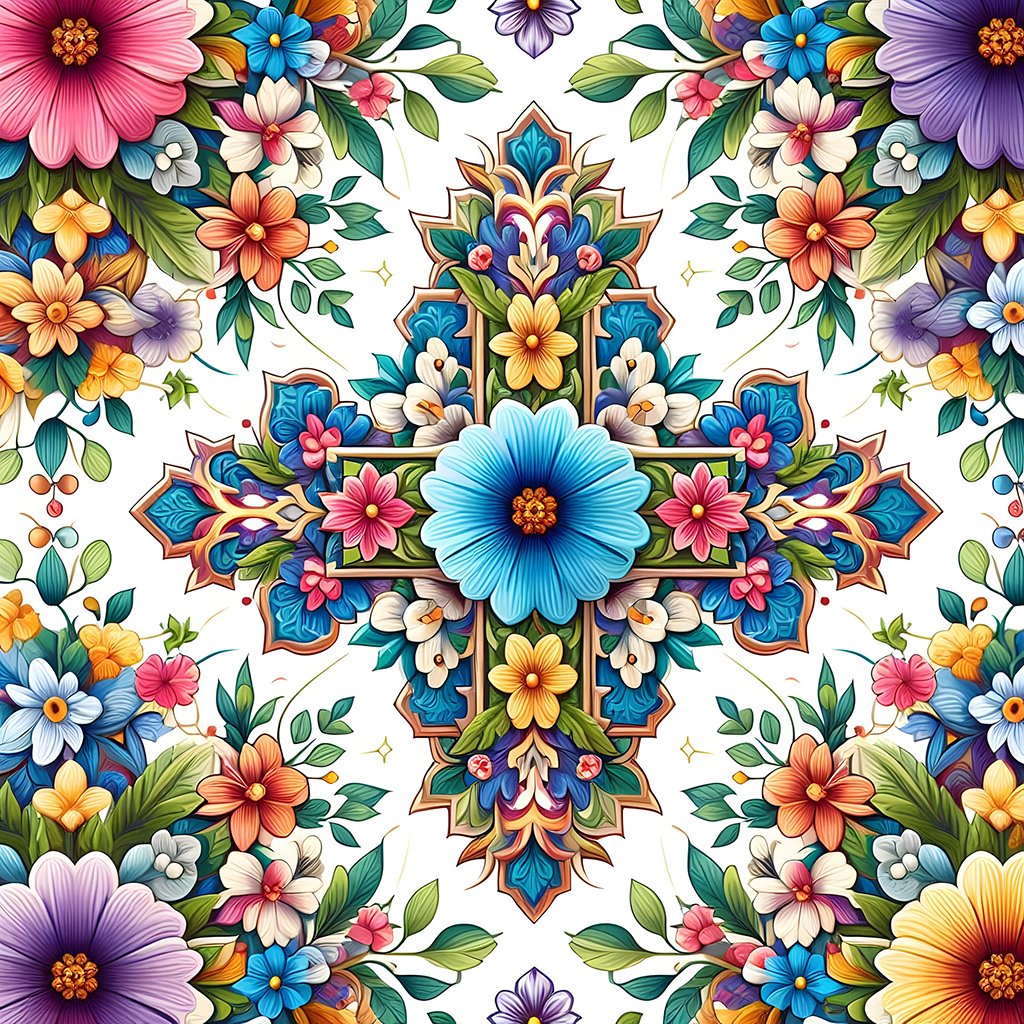Print on Demand vs Traditional Printing: Pros and Cons

The printing industry has evolved significantly over the years, offering various methods to cater to different needs and preferences. Two prominent printing methods that stand out are Print on Demand (POD) and Traditional Printing. Each method has its own set of advantages and disadvantages, making them suitable for different scenarios. This article explores the pros and cons of both Print on Demand and Traditional Printing to help you make an informed decision for your printing needs.
Print on Demand (POD)
Overview
Print on Demand is a modern printing technology that allows users to print products as and when they are ordered, rather than producing large quantities in advance. This method is particularly popular in the self-publishing industry, online retail, and for custom merchandise. POD leverages digital printing technology, enabling quick and cost-effective production of books, apparel, posters, and other printed materials.
Pros of Print-on-Demand
- Low Upfront Costs: One of the most significant advantages of POD is the minimal initial investment. Since items are printed only when an order is placed, there is no need to spend large sums on inventory or warehouse storage. This makes POD an attractive option for startups and small businesses with limited capital.
- Reduced Risk: Traditional printing often involves printing large quantities, which can lead to overproduction and wasted resources if the items do not sell. POD eliminates this risk by ensuring that each item is produced only when there is a confirmed order, thereby reducing the risk of unsold stock.
- Flexibility and Customization: POD allows for a high degree of customization. Customers can order personalized products with specific designs, texts, or images. This flexibility is particularly beneficial for niche markets and businesses that cater to personalized merchandise.
- Quick Turnaround: Digital printing technology used in POD allows for rapid production times. Once an order is placed, it can be printed and shipped within a few days, ensuring timely delivery to customers.
- Eco-Friendly: POD can be more environmentally friendly compared to traditional printing, as it reduces waste from unsold inventory and minimizes the need for large-scale production runs. Additionally, many POD companies use eco-friendly inks and materials.
- Easy to Scale: POD services are easily scalable. As a business grows and the number of orders increases, POD can accommodate this growth without requiring significant changes in the production process or infrastructure.
- Accessibility: POD platforms are readily accessible to individuals and businesses worldwide. With the advent of online POD services, anyone with an internet connection can design and sell their products without needing extensive technical knowledge or resources.
Cons of Print-on-Demand
- Higher Per-Unit Cost: While POD eliminates the need for large upfront investments, the per-unit cost of printing can be higher compared to traditional methods. This is because POD companies charge a premium for the flexibility and on-demand nature of their services.
- Limited Printing Options: POD typically offers fewer printing options and finishes compared to traditional printing. For instance, specialized printing techniques such as embossing, foil stamping, and certain types of binding may not be available through POD services.
- Quality Control: Since POD items are produced individually, there can be inconsistencies in quality from one batch to another. Ensuring consistent quality across all orders can be challenging, especially if the POD provider does not have stringent quality control measures in place.
- Longer Production Times for Bulk Orders: While POD is excellent for small quantities, it may not be as efficient for large bulk orders. Producing items one at a time can lead to longer overall production times when dealing with high volumes.
- Dependency on POD Providers: Businesses using POD services are often reliant on third-party providers. Any issues with the provider, such as production delays or changes in service quality, can directly impact the business.
- Limited Control Over Branding and Packaging: POD services usually offer standard packaging options, which may not align with a brand’s unique identity. Custom packaging options are often limited, which can be a drawback for businesses looking to create a distinct unboxing experience for their customers.
Traditional Printing
Overview
Traditional printing methods, such as offset printing, have been the cornerstone of the printing industry for decades. This method involves creating physical plates for each design, which are then used to transfer ink onto paper or other materials. Traditional printing is well-suited for large production runs and is commonly used for books, magazines, brochures, and other high-volume print materials.
Pros of Traditional Printing
- Cost Efficiency for Large Runs: Traditional printing becomes more cost-effective as the print volume increases. The initial setup costs for creating printing plates are offset by the lower per-unit cost for large production runs. This makes traditional printing ideal for high-volume orders.
- High Quality and Consistency: Traditional printing techniques, such as offset printing, are known for producing high-quality and consistent results. The use of physical plates ensures that each copy is identical, which is crucial for maintaining brand integrity and professional standards.
- Wide Range of Printing Options: Traditional printing offers a broad array of printing options and finishes. Techniques such as embossing, foil stamping, spot UV coating, and various binding methods are readily available, allowing for greater creativity and customization in printed materials.
- Better Color Accuracy: Traditional printing methods provide superior color accuracy and consistency compared to digital printing. This is particularly important for projects that require precise color matching, such as corporate branding materials and high-end publications.
- Economies of Scale: For businesses that require regular and large quantities of printed materials, traditional printing offers significant economies of scale. The cost per unit decreases substantially with higher print volumes, making it a financially viable option for bulk orders.
- Durability: Traditional printing often uses more robust materials and techniques, resulting in products that are more durable and longer-lasting. This is especially important for items that will be handled frequently, such as textbooks, catalogs, and marketing collateral.
Cons of Traditional Printing
- High Upfront Costs: One of the main drawbacks of traditional printing is the high initial investment required. Creating printing plates and setting up the presses involve significant costs, making this method less accessible for small businesses and individuals with limited budgets.
- Inventory Management: Traditional printing typically requires printing large quantities to achieve cost efficiency, leading to the need for inventory management and storage. Unsold inventory can result in wasted resources and additional costs.
- Longer Lead Times: The setup process for traditional printing can be time-consuming, leading to longer lead times. This is a disadvantage for projects that require quick turnaround times or last-minute changes.
- Environmental Impact: Traditional printing methods can have a higher environmental impact due to the use of large amounts of paper, ink, and other materials. Additionally, the production of excess inventory contributes to waste and resource depletion.
- Less Flexibility: Once the printing plates are created, making changes to the design can be costly and time-consuming. This lack of flexibility is a significant drawback for projects that may require frequent updates or modifications.
- Limited Customization: While traditional printing offers a wide range of options for finishes and techniques, it is less suited for highly customized or personalized products. Producing unique items for individual customers can be challenging and cost-prohibitive.
Comparison of Print on Demand and Traditional Printing
Cost
Print on Demand:
- Low upfront costs
- Higher per-unit cost
- Ideal for small quantities and individual orders
Traditional Printing:
- High upfront costs
- Lower per-unit cost for large volumes
- Cost-effective for bulk orders
Quality and Consistency
Print on Demand:
- Quality can vary between batches
- Limited printing options
- Suitable for general use and customized products
Traditional Printing:
- High and consistent quality
- Wide range of printing options
- Ideal for professional and high-end materials
Flexibility and Customization
Print on Demand:
- Highly flexible and customizable
- Suitable for personalized products
- Easy to scale up or down based on demand
Traditional Printing:
- Less flexible once plates are created
- Limited customization for individual orders
- Best for standardized and high-volume projects
Environmental Impact
Print on Demand:
- Potentially more eco-friendly
- Reduces waste from unsold inventory
- Often uses eco-friendly materials
Traditional Printing:
- Higher environmental impact
- Potential for excess inventory and waste
- Uses large amounts of paper and ink
Turnaround Time
Print on Demand:
- Quick turnaround for individual orders
- Slower for bulk orders
- Suitable for just-in-time production
Traditional Printing:
- Longer lead times for setup
- Faster for large production runs
- Less suitable for urgent or last-minute projects
Use Cases for Print-on-Demand
- Self-Publishing: Authors and small publishers can benefit from POD by avoiding the financial risk of printing large quantities of books that may not sell. POD allows them to print books as they are ordered, making it a cost-effective solution for self-publishing.
- E-Commerce and Custom Merchandise: Online stores selling custom merchandise, such as T-shirts, mugs, and posters, can use POD to offer a wide range of products without holding inventory. This model is ideal for businesses that cater to niche markets and personalized products.
- Marketing Materials: Businesses can use POD for printing marketing materials, such as brochures, flyers, and business cards, on an as-needed basis. This approach minimizes waste and ensures that materials are always up-to-date.
- Limited Edition Products: POD is suitable for producing limited edition products or small batches of items for special events, promotions, or seasonal sales. This allows businesses to test new products without committing to large production runs.
Use Cases for Traditional Printing
- High-Volume Publishing: Traditional printing is ideal for large-scale publishing projects, such as textbooks, magazines, and newspapers, where consistent quality and cost efficiency are crucial.
- Corporate Printing: Companies that require large quantities of branded materials, such as annual reports, catalogs, and marketing collateral, can benefit from the cost efficiency and high-quality standards of traditional printing.
- Specialized Printing Techniques: Projects that require specialized printing techniques, such as foil stamping, embossing, or spot UV coating, are better suited for traditional printing due to the wider range of options available.
- Long-Term Inventory: Businesses that need to maintain a steady supply of printed materials over an extended period can use traditional printing to produce large quantities at a lower cost per unit, ensuring they have sufficient inventory on hand.
Both Print on Demand and Traditional Printing have their own set of advantages and disadvantages, making them suitable for different applications and business models. Print on Demand offers flexibility, low upfront costs, and the ability to produce customized products on an as-needed basis, making it ideal for startups, small businesses, and individuals looking to minimize financial risk. On the other hand, Traditional Printing provides high-quality, consistent results and cost efficiency for large production runs, making it the preferred choice for high-volume projects and professional printing needs.
When deciding between POD and Traditional Printing, it is essential to consider factors such as the volume of printed materials, budget, quality requirements, turnaround time, and the level of customization needed. By carefully evaluating these factors, businesses and individuals can choose the printing method that best aligns with their specific needs and goals.

